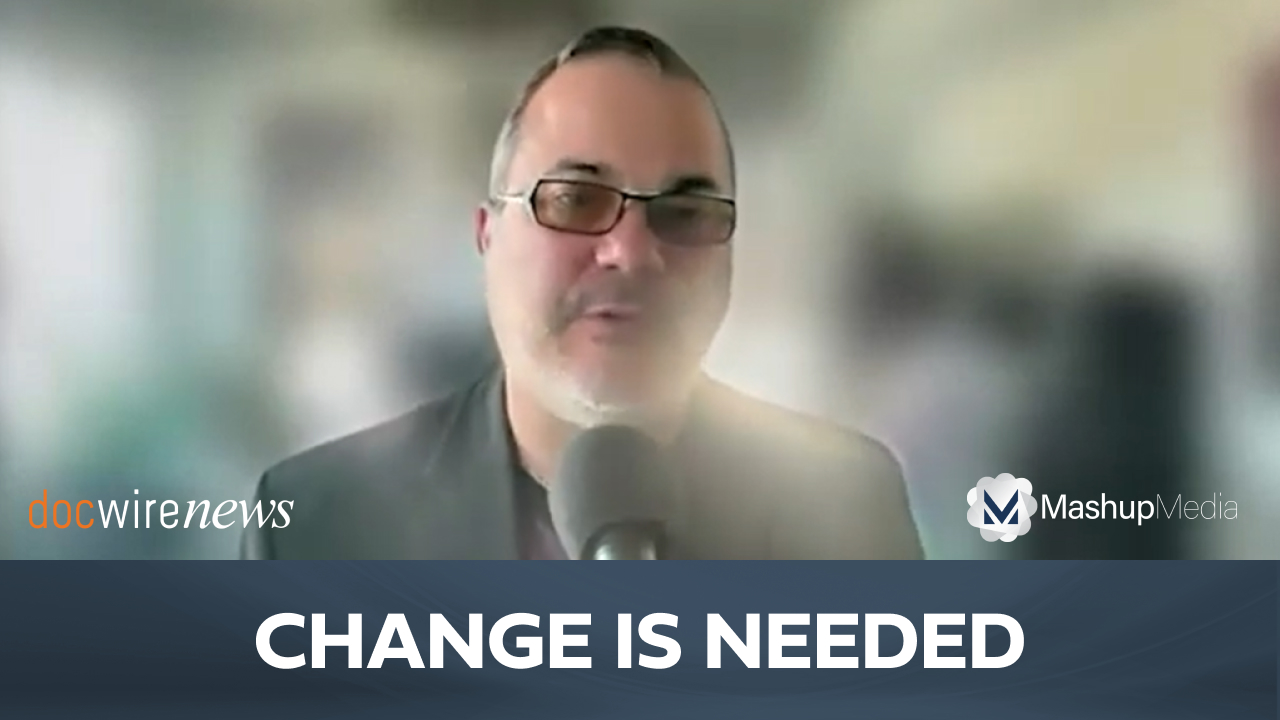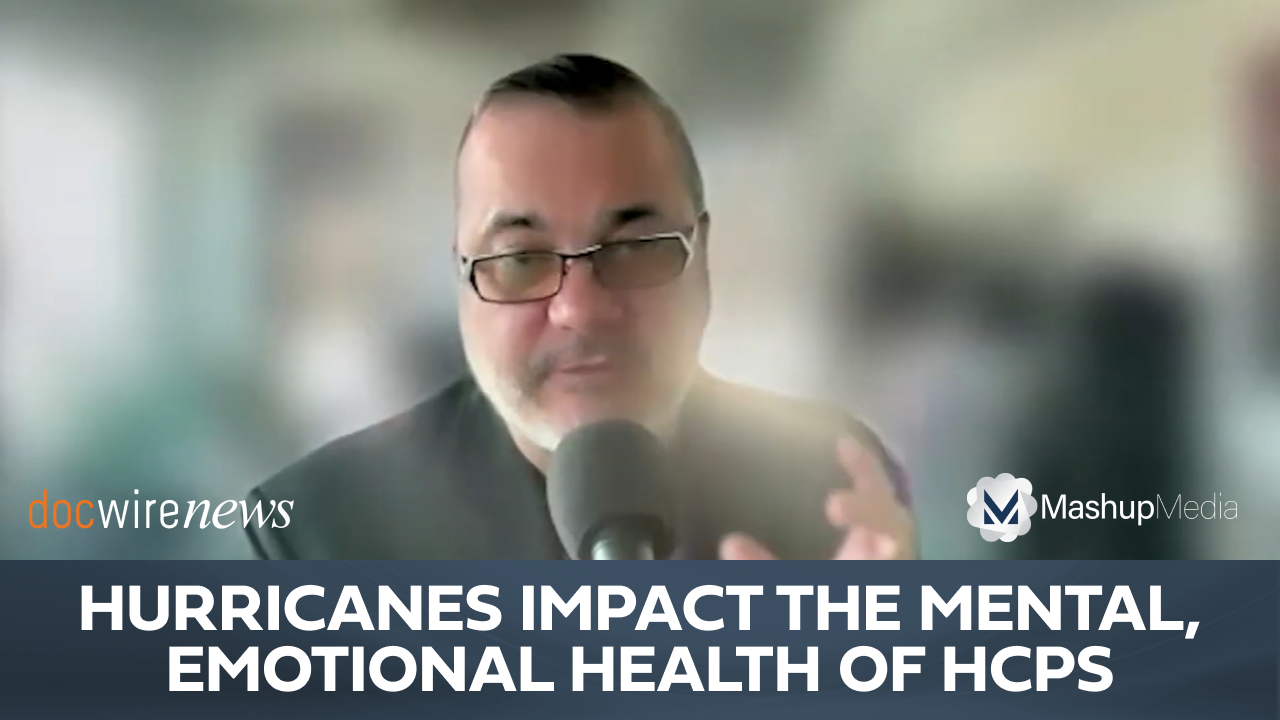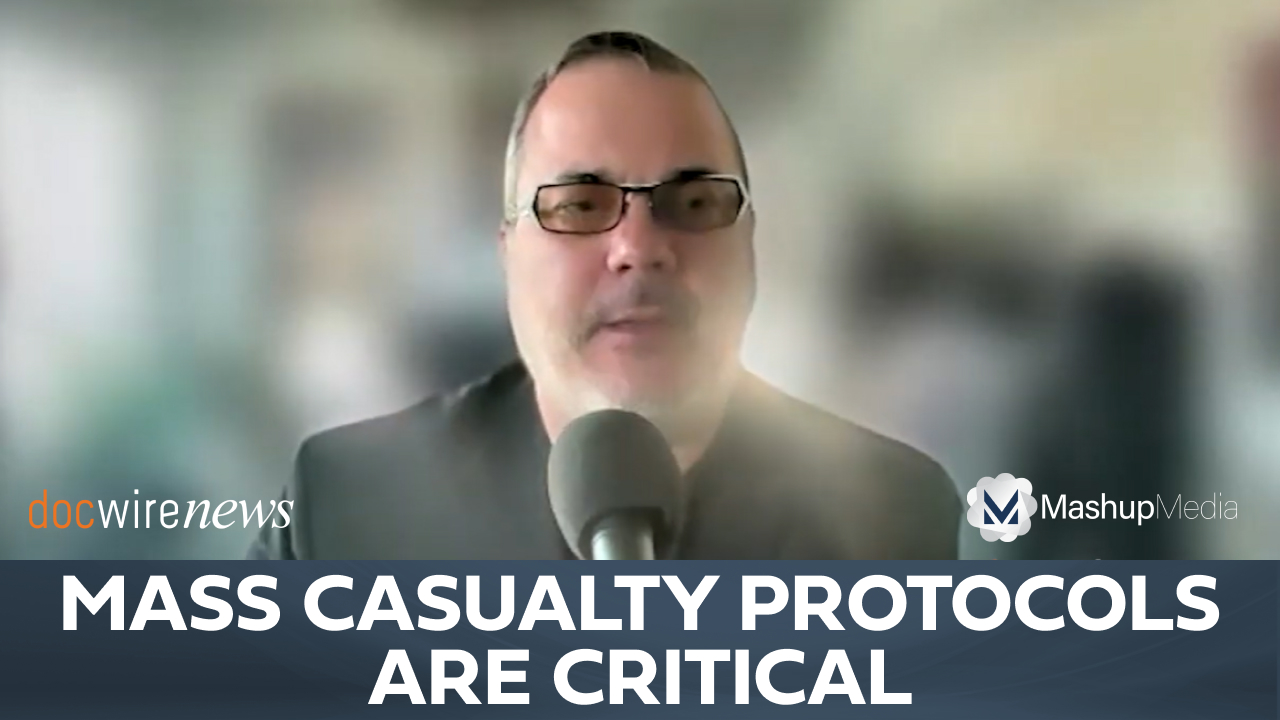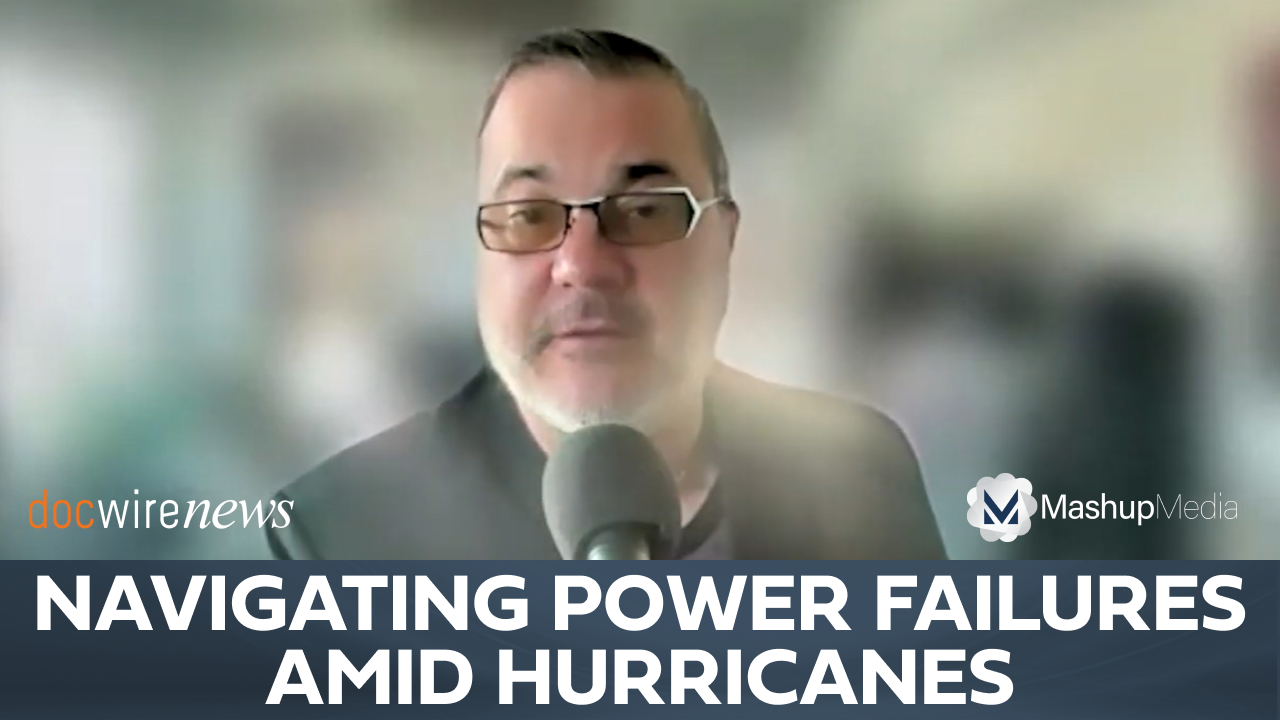Health Disparities Play a Huge Role in Health Outcomes During Natural Disasters
By MarkAlain Déry, DO, MPH, FACOI, Rob Dillard - Last Updated: November 14, 2024“Complications from hurricanes and tropical storms can make pre-existing health disparities within a community worse,” according to the US Centers for Disease Control and Prevention. In part six of an eight-part interview, MarkAlain Déry, DO, talks to DocWire News about how health disparities are amplified during hurricanes, and which communities are most affected.
DWN: In what ways do natural disasters highlight existing patient health disparities? Do social determinants of health play a factor in patient care during disasters?
MD: So natural disasters often exacerbate and highlight existing health disparities among patients. Social determinants of health play a significant role in how patients are affected by and are able to recover from disasters. For example, we see disproportionate impact on vulnerable populations as we mentioned earlier. So we have individuals that are low income or highly vulnerable communities that are often more severely affected by disasters due to living in higher risk areas, having fewer resources for preparation and recovery, and experiencing greater disruptions to the already limited health care access. When we’re talking about elderly individuals, those with chronic medical conditions and people with disabilities, they face increased risks during disasters due to mobility issues, medical equipment needs and disrupted care routines, we see those that are affected would be an exacerbation of chronic health conditions. For example, patients with conditions like diabetes, hypertension, and mental health disorders often experience worse outcomes during and after disasters due to medication disruptions, stress, and limited access to care.
For example, studies have shown worsened diabetes-related health disparities after Hurricane Katrina and Hurricane Sandy. I also mentioned with my personal experiences, responding to the Ebola outbreak. Now, fortunately for us, we were very, very, very aggressive with making sure that people living with HIV [were accounted for]. And when I was stepping away from my very busy role as an Ebola doctor, I was also working with UNAIDS to make sure that people with HIV got their HIV care. And studies showed in Sierra Leone and Freetown–I was not part of these studies, but looking back retrospectively–studies showed that actually people were involved with their care and actually did okay.
There was very little interruption to care, but that was because there was a team of infectious disease doctors globally that when we weren’t dealing with Ebola, we were also just trying to make sure that the UNAIDS identified that those who were living with HIV had access to their health care.
Now, coming back to the US, that necessarily may not be the case, when we certainly had folks at the Astrodome. But once they left the Astrodome as a result of Hurricane Katrina, access to health care–who knows? And certainly what we’re seeing with the hurricanes that we’ve seen here, the last couple of weeks, I mean, one thing that we will definitely know is that populations with pre-existing barriers to health care face even greater challenges during disasters. Medicare patients and those with complex medical histories, they’ll often struggle to access care in the aftermath of storms, and evacuation can separate patients from their usual providers and medical records.
One of the things that we’ve done as an HIV Ryan White provider, is that we have been able to lobby HRSA. Not lobby in the technical word lobby, but we’ve been able to approach HRSA and have them create rules. [The rules] say, for example, if folks who have evacuated during Hurricane Ida, or when individuals leave New Orleans and they belong to a Ryan White Clinic, like my HIV clinic is a Ryan White Clinic, if they go to another Ryan White Clinic to access their medications, there should be as little obstacles as possible. In fact, those clinics are instructed to go ahead and just write the prescription that they’re needing and if they have it in the pharmacy, just to provide it for them. Certainly, we’ve been instructed to do the same thing if folks come from somewhere else.
If all of a sudden I see an influx of folks from Florida coming to my clinic looking for their HIV medications, it’s not like all of a sudden they need an appointment and they need to start all over again or what have you. Once they get into the system, it’s just an easy prescription to a pharmacy that would dispense it to them at lower or no cost. When we’re talking about socioeconomic factors–specifically lower socioeconomic status–this correlates with less disaster preparedness. As we mentioned a little earlier, including for managing chronic conditions such as diabetes, especially when you were dealing with things like insulin that need to be refrigerated [this fits the correlation].
Communities with fewer resources take longer to restore basic services like electricity and health care facilities. Of course, there’s food and nutrition disparities. We talked about mental health impacts and how disasters can exacerbate these existing mental health conditions and create new mental health challenges, and so that’s really important.
Again, mental health is such an important part when we’re talking about lower income individuals, they already have less access to mental health support, especially, and potentially during a recovery. And then lastly, when we’re talking about long-term recovery, communities with fewer resources and existing health disparities often face longer and more difficult recovery periods, which can lead to prolonged health impacts, and already widening of pre-existing health obstacles and gaps.







 © 2025 Mashup Media, LLC, a Formedics Property. All Rights Reserved.
© 2025 Mashup Media, LLC, a Formedics Property. All Rights Reserved.